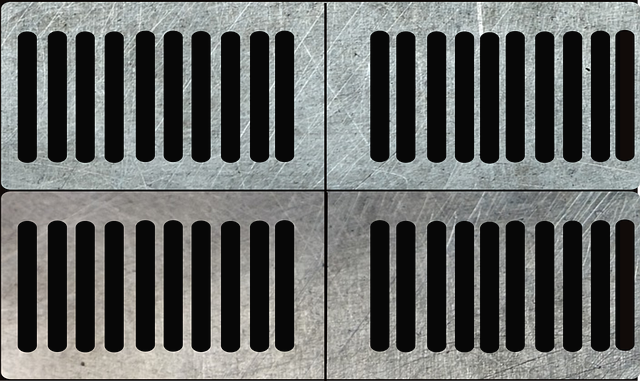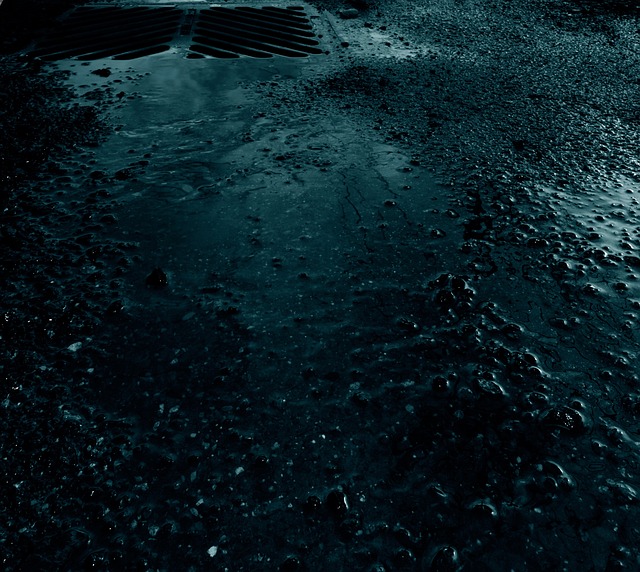Trenchless sewer repair is a modern, eco-friendly approach that minimizes surface disruption and reduces environmental impact compared to traditional methods. Using advanced technologies like relining, pipe bursting, and micro-excavation, this method offers faster completion times, lower labor costs, and long-lasting solutions for both residential and commercial applications. As detailed in the Sewer Line Repair Guide, trenchless technology begins with advanced imaging inspections, followed by strategic access point establishment and specialized equipment insertion. Repairs range from relining to replacing sections with expandable segments, with post-repair leak testing ensuring optimal pipeline function. Its benefits make trenchless technology the preferred method for future sewer line repairs, especially in densely populated urban areas.
Trenchless sewer repair is revolutionizing the way we fix underground pipes. This modern approach eliminates the need for traditional excavation, reducing damage to landscapes and minimizing disruptions to daily life. In this comprehensive Sewer Line Repair Guide, we’ll explore how trenchless technology works, its numerous benefits, and diverse applications that make it the future of sewer maintenance. By understanding these aspects, you’ll appreciate why trenchless repair is an innovative solution for efficient and effective underground infrastructure management.
- Understanding Trenchless Sewer Repair: The Modern Approach
- How Does Trenchless Technology Work? A Step-by-Step Guide
- Benefits and Applications: Why Trenchless is the Future of Sewer Maintenance
Understanding Trenchless Sewer Repair: The Modern Approach

Trenchless sewer repair is a modern approach that has revolutionized the traditional method of fixing underground pipes. Unlike the conventional trench excavation process, which involves digging up large sections of ground to access and replace sewer lines, trenchless techniques offer a more efficient and less disruptive solution. This innovative method utilizes specialized equipment and advanced technology to repair or replace sewer lines without disturbing the surface.
As a comprehensive Sewer Line Repair Guide, this modern approach ensures faster project completion times, reduces environmental impact, minimizes disruption to nearby properties, and saves on labor costs. By employing techniques like relining, pipe bursting, and micro-excavation, trenchless sewer repair offers long-lasting solutions with minimal excavation, making it an increasingly popular choice for both residential and commercial applications.
How Does Trenchless Technology Work? A Step-by-Step Guide

Trenchless technology is transforming the way we fix underground pipes, offering a more efficient and less invasive method compared to traditional dig-and-replace techniques. Here’s a step-by-step guide on how it works for sewer line repair.
1. Inspection: The process begins with an inspection of the sewer line using advanced imaging technology or cameras inserted into the pipe. This allows technicians to identify any issues, such as cracks, leaks, or obstructions.
2. Access Points: Once the affected area is located, access points are established. This typically involves creating small entry and exit points for equipment at strategic locations along the sewer line, often using existing manhole covers or strategically drilling new ones.
3. Insertion of Repair Equipment: Specialized equipment, such as robotic machines, camera systems, and cleaning tools, are inserted through these access points. These tools help prepare the pipe for repair by clearing any debris or obstructions.
4. Repair or Replacement: Depending on the severity of the damage, a variety of trenchless techniques can be employed. This includes relining the pipe with a new, stronger material to reinforce it, or replacing sections of pipe using small, insertable segments that expand into place.
5. Verification and Testing: After the repair or replacement, the sewer line is thoroughly tested for leaks or other issues. Camera systems are used to verify the integrity of the repair and ensure the pipeline is functioning optimally.
Benefits and Applications: Why Trenchless is the Future of Sewer Maintenance

Trenchless technology has revolutionized sewer maintenance, offering a host of benefits that make it the future of sewer line repair. One of its key advantages is minimal disruption to surfaces above ground. Traditional dig-and-replace methods involve extensive excavation, causing damage to landscapes and roads, and leading to costly repairs. Trenchless techniques, however, enable professionals to fix or replace pipes without breaking the surface, preserving landscapes and infrastructure.
This method is especially beneficial for urban areas with dense populations and limited space for construction. It can be used in various applications, including repairing leaks, relining pipe sections, and replacing entire lengths of sewer lines. The process is more efficient, faster, and often less expensive than traditional methods, making it an eco-friendly and economically sensible choice for Sewer Line Repair Guide professionals worldwide.
Trenchless sewer repair represents a significant leap forward in underground pipeline maintenance, offering a modern, efficient, and environmentally friendly alternative to traditional methods. By leveraging innovative technology, this approach minimizes disruptions to both infrastructure and the surrounding environment, making it an increasingly popular choice for sewer line repair. As the demand for sustainable and cost-effective solutions grows, trenchless technology is poised to become the go-to method for future sewer maintenance, as evidenced by its numerous benefits and expanding applications. This Sewer Line Repair Guide highlights why embracing trenchless methods is a step towards a more efficient and resilient urban infrastructure network.
